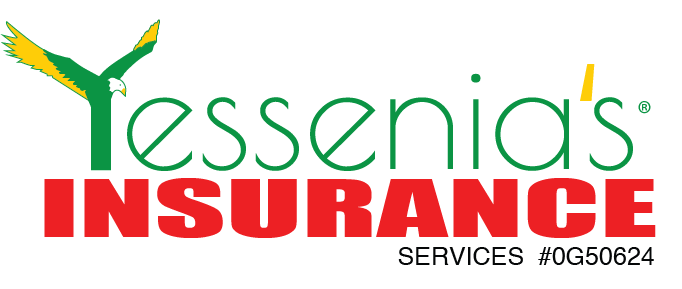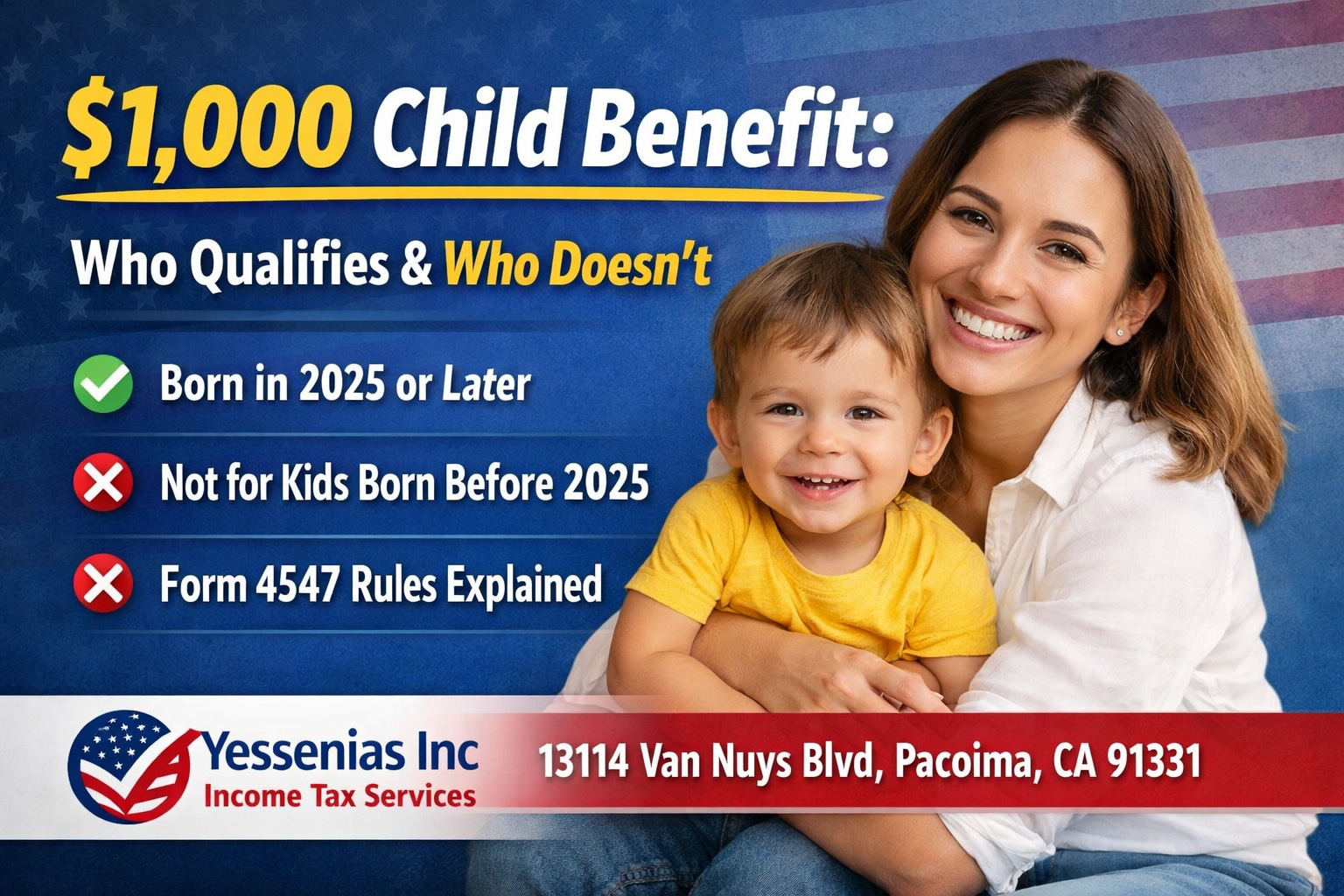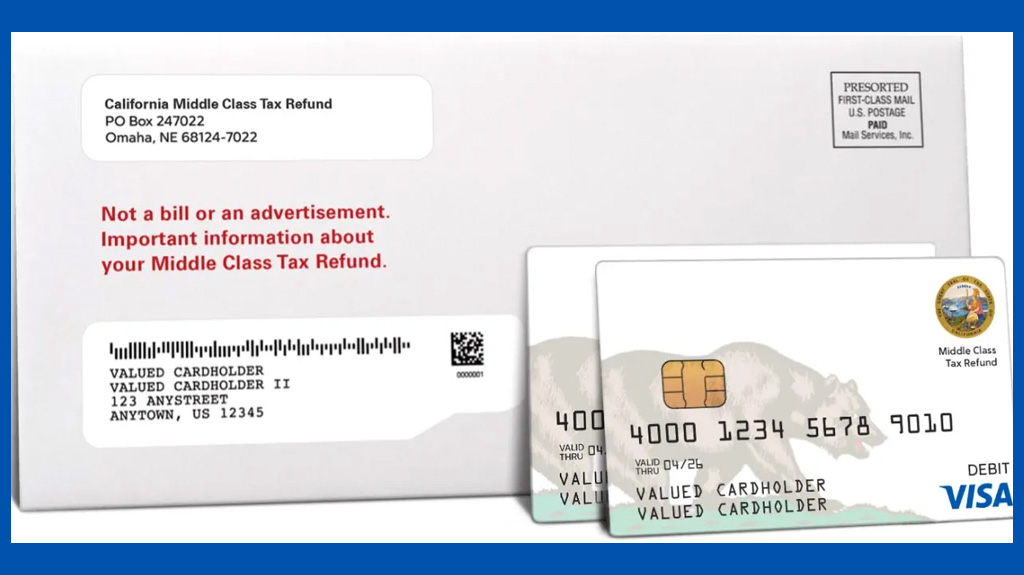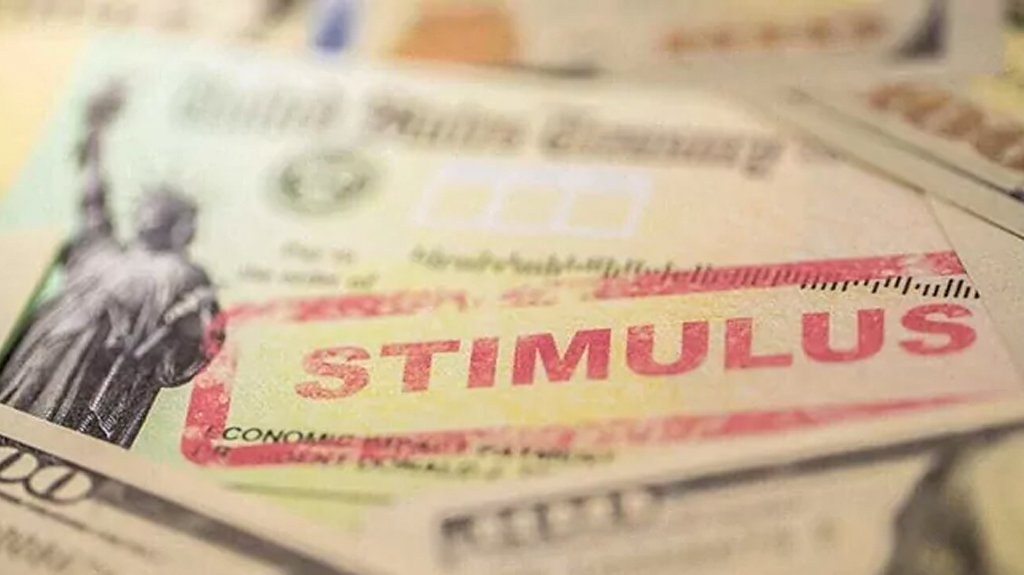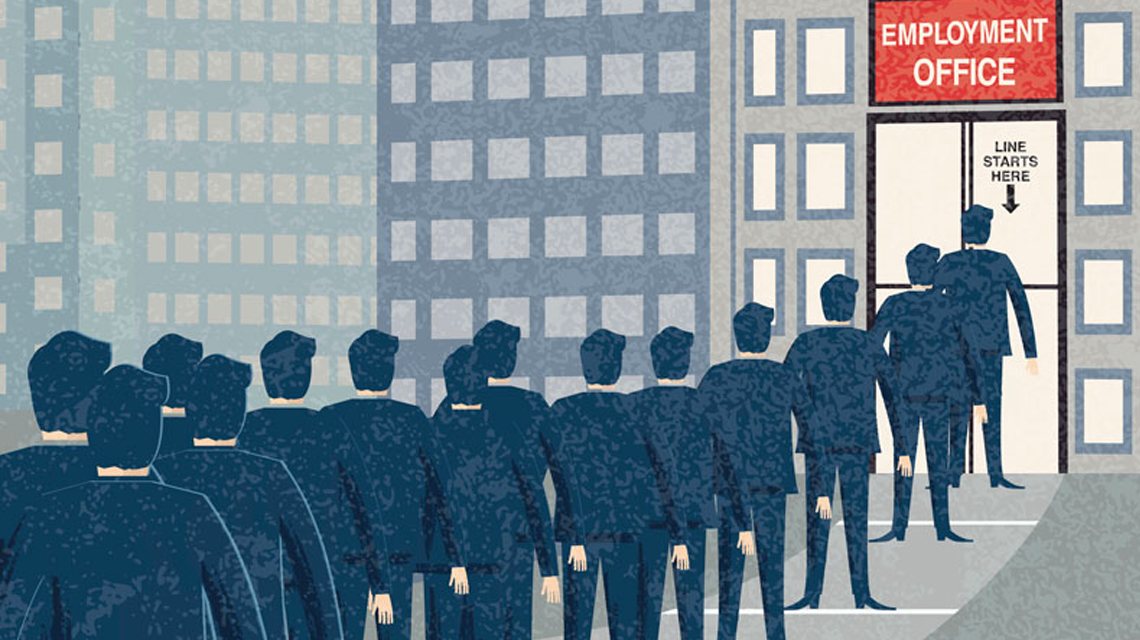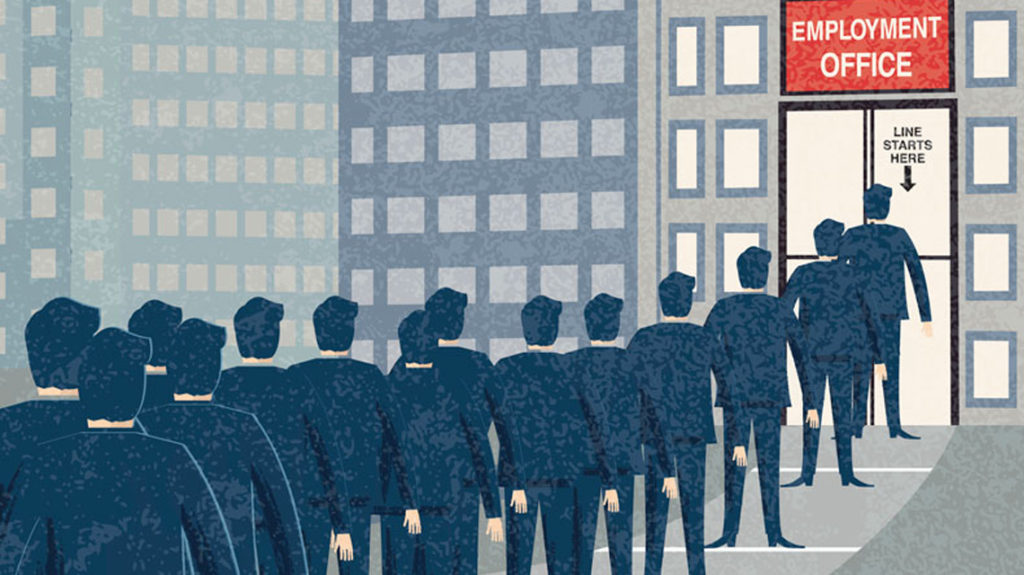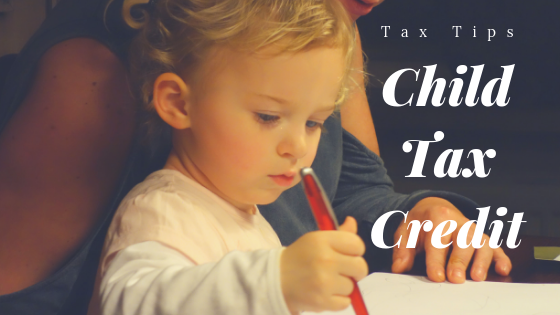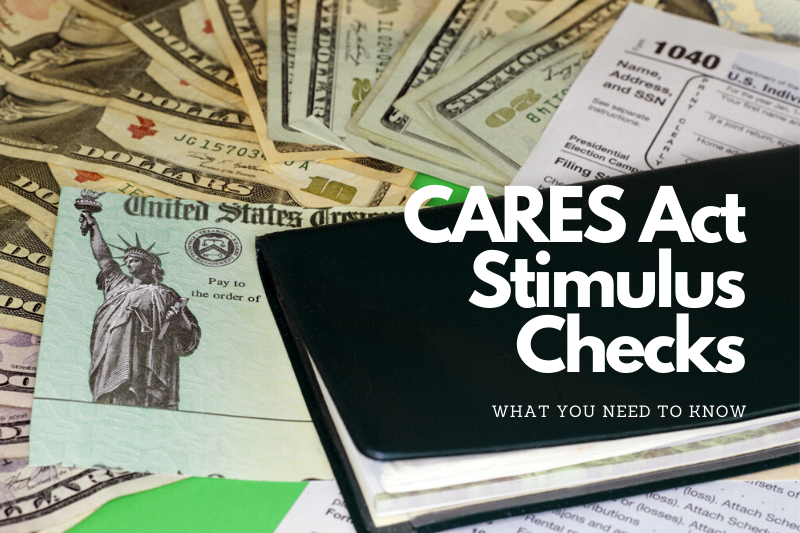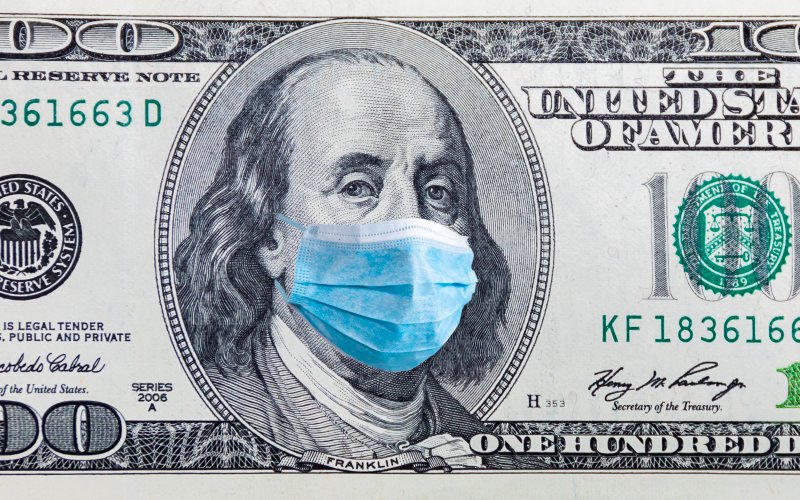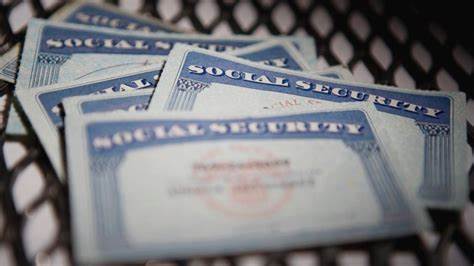Important Information About the $1,000 Child Benefit (Form 4547)
At Yessenias Inc Income Tax Services, we help families understand $1,000 child benefit eligibility and avoid misinformation. Recently, many people have seen confusing claims online about IRS Form 4547 and who actually qualifies.
Because of this confusion, we want to explain the facts. Below, we outline who qualifies, who does not, and what families should know before filing. For official guidance, taxpayers can also refer directly to the Internal Revenue Service (IRS) at
👉 https://www.irs.gov
What Is $1,000 Child Benefit Eligibility?
The $1,000 amount comes from a new federal pilot program. Specifically, it provides a one-time contribution for certain eligible children. This contribution is connected to the creation of a special account and requires filing IRS Form 4547 once the program is active.
For IRS forms and official instructions, visit:
👉 https://www.irs.gov/forms-instructions
To qualify, all of the following conditions must be met:
- First, the child must be born on or after January 1, 2025
- In addition, the child must be a U.S. citizen with a valid Social Security Number
- Next, an authorized adult, such as a parent or legal guardian, must file Form 4547
- Finally, it is important to note that the program is not retroactive
General information about Social Security Numbers for children is available at:
👉 https://www.ssa.gov/number-card
Children Born Before 2025 Do Not Qualify
If your child was born before January 1, 2025, for example in 2021, different rules apply.
As a result:
- ❌ The child does not qualify for the $1,000 federal contribution
- ❌ Filing Form 4547 will not result in any payment
- ❌ There are no exceptions based on income, age, or filing status
In short, eligibility depends only on the child’s date of birth. Federal eligibility rules for child-related tax benefits can be reviewed at:
👉 https://www.irs.gov/credits-deductions/individuals/child-tax-credit
Understanding $1,000 child benefit eligibility can help families avoid filing incorrect IRS forms.
Why There Is So Much Confusion
Unfortunately, much of the confusion comes from misleading social media posts and unofficial websites. These sources often mix proposed programs with existing tax credits.
To avoid misinformation, taxpayers should always rely on official IRS publications or consult a licensed tax professional. You can find IRS news and updates here:
👉 https://www.irs.gov/newsroom
$1,000 Child Benefit Eligibility FAQs
❓ Can I still file Form 4547 for a child born before 2025?
No. According to federal eligibility rules, filing Form 4547 for an ineligible child will not result in any benefit.
❓ Is the $1,000 benefit refundable or paid as a tax credit?
No. It is a one-time federal contribution, not a refundable tax credit. For comparison, information about refundable credits can be found here:
👉 https://www.irs.gov/credits-deductions
❓ Does income level affect eligibility?
No. Eligibility is based on birth date and citizenship only, not income.
❓ Will the program expand to older children later?
At this time, there has been no official IRS announcement expanding eligibility.
How Yessenias Inc Income Tax Services Can Help
Tax laws change often. At the same time, misinformation spreads quickly. Because of this, working with a trusted professional is important.
At Yessenias Inc Income Tax Services, we stay informed so you don’t have to guess.
📍 Yessenias Inc Income Tax Services
13114 Van Nuys Blvd
Pacoima, CA 91331
📞 Contact us today to:
- Confirm whether your child qualifies for tax-related benefits
- Avoid filing unnecessary or incorrect forms
- Explore legitimate tax-saving strategies for your family
👉 Before you file, we strongly recommend speaking with a professional. We are here to help.
